SATR Center offers its patients hearing aids made by Oticon A/S in Denmark.
The technological development over the last two decades has allowed Oticon A/S to become the world’s leader in hearing aid sales.
The individual needs and expectations of people with impaired hearing become the top priority when designing new hearing aids. This is also the mission of Oticon – continuously seeking perfection.
SATR Center has been working with Oticon A/S since 1996. As of today, plenty of advanced Oticon digital hearing aids have been registered in Kazakhstan. These devices are suitable for both minor and major hearing loss.
The key functionalities of Oticon hearing aids are:
- automatic microphone directionality. This function improves the perception of the interlocutor’s speech in acoustically challenging environments (around traffic, at the market etc.).
- The (extraneous) noise reduction system. The system is based on the speech saving concept, while at the same time silencing sources of noise around the user. This ensures good voice intelligibility and a comfortable listening experience.
- The feedback cancellation system. Due to the new and advanced Dynamic Feedback Cancellation (DFC2) system, hissing noises are reliably suppressed in most cases.
- SpeechGuard allows accurate transmission of voice signal structure and ensures that the user is focused on the speaking person’s speech.
- The perfect noise reduction system facilitates hearing in acoustically challenging environments. For this purpose, Oticon uses binaural analysis of the environment to help the brain communicate actively and effortlessly in any life situations.
- Tristate Noise Management. The acoustic environment is continuously analyzed to ensure a gradual change in the noise management strategy depending on the level of sound, speech and noise.
- The binaural synchronization, directionality and noise cancellation are synchronized binaurally (in both ears), which enables the user to stay calm and focused even in challenging and rapidly changing acoustic environments.
- Multiband Adaptive Directionality ensures optimum orientation in a noisy environment (for example, at school, at a café or outside). The system allows to efficiently suppress the noise from up to four moving noise makers located around the user, and helps focus on the speech.
Thanks to the above functionalities, users of Oticon hearing aids enjoy comfortable and natural perception of speech and environmental sounds.
Oticon hearing aids are divided into the following categories:
Essential (economy): Go Pro BTE VC, GoPro BTE Power, Swift 120+ (high performance analog), Chili BTE SP5
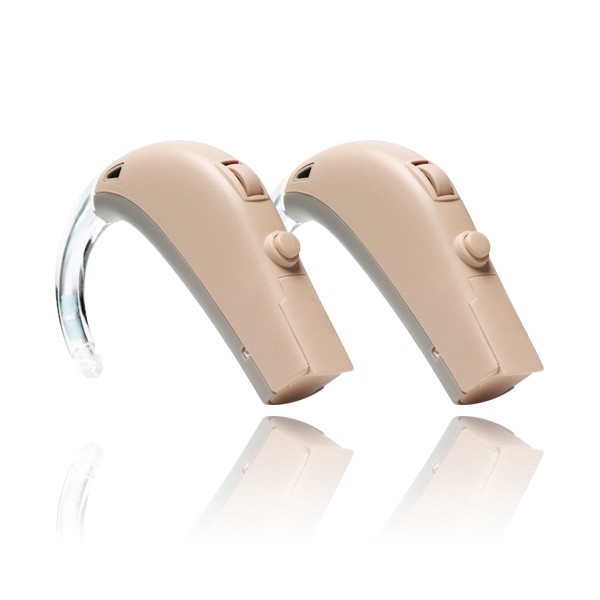
Advanced (medium): Tego Pro BTE Power, Hit BTE CBE VC, Hit BTE Power
Safari 300 BTE CBEVC, Safari300 BTE Power, Safari 300BTE SP (for children), Chili BTE SP7

Premium (elite, business): Syncro BTE, Acto BTE VC, Acto BTE Power, Chili BTE SP9
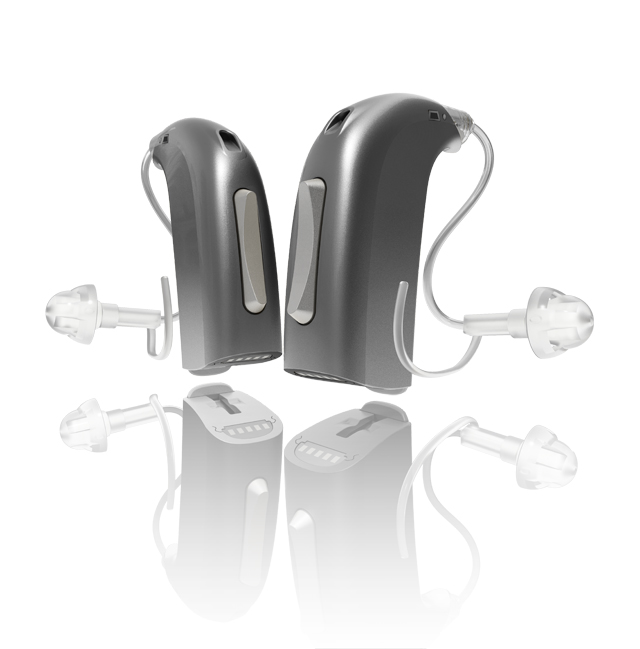
- Hearing aids of the economy category are recommended for price sensitive users. Economy devices offer clear digital sound and are user friendly. The Go Pro device is affordable due to its low price, and its sound quality makes it the best in its class. The users can rely on the device on an everyday basis. The devices are suitable for both minor and major hearing losses.
- Medium category hearing aids are based on the latest and time-tested digital technology, making the world around you sound clearly and vibrantly again. The device can distinguish speech from environmental noise and therefore it will be easier to focus on what people are talking about. The hearing aids of this category comprise a family of reliable, middle-end digital devices ensuring excellent sound. These devices are suitable for any types of hearing loss, whether minor or major.
- Premium hearing aids. Oticon offers the latest adaptive signal processing, the highest sound quality within the frequency range of up to 10 kHz and wireless audiology. Thanks to state-of-the-art technology, they ensure binaural sound processing and streaming. Premium hearing aids are designed to provide users with maximum comfort and to minimize difficulties and the time required to adapt to intensifying sounds. The devices are suitable for any types of minor or major hearing losses.
The audioprosthetist will give their recommendations on the choice of the hearing aid model, depending on the user’s expectations, lifestyle and living habits.




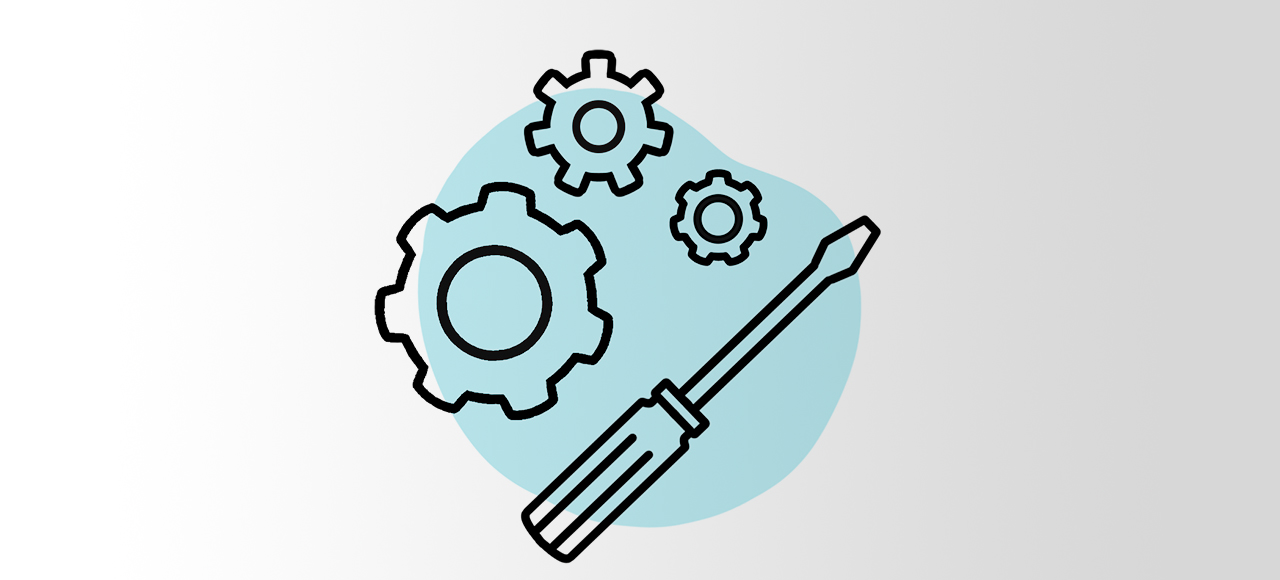
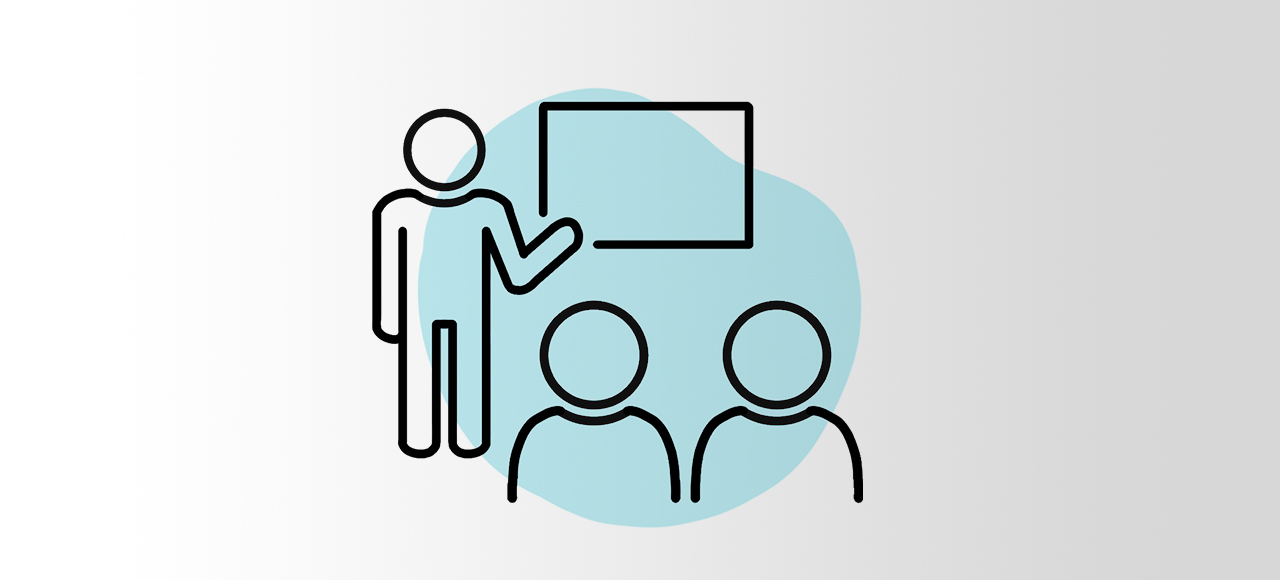

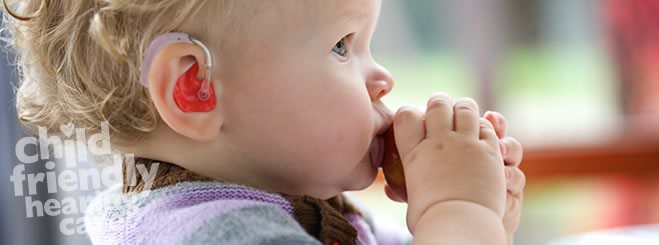
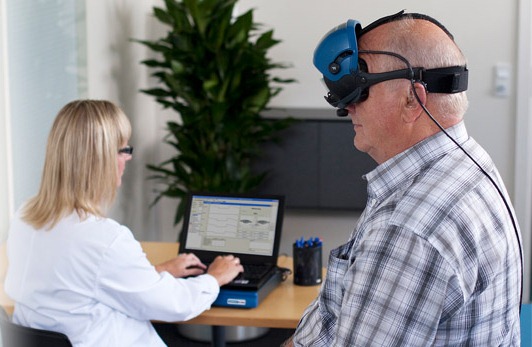 SATR Center’s audiology department tests patients for vertigo and vestibular system disorders. Our audiologist performs the cutting-edge examination called videonystagmography using modern medical equipment.
SATR Center’s audiology department tests patients for vertigo and vestibular system disorders. Our audiologist performs the cutting-edge examination called videonystagmography using modern medical equipment.


